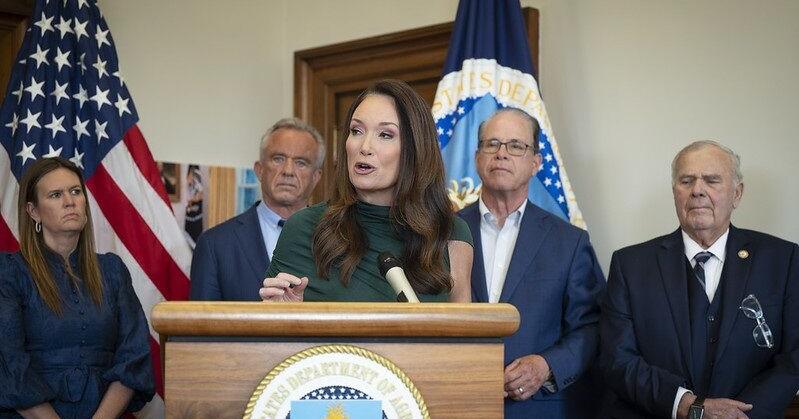Agriculture Department to purchase $230 million for food banks

(The Center Square) — The U.S. Department of Agriculture plans to purchase $230 million of food from American farmers to distribute to food and nutritional assistance programs across the country.
“USDA is proud to play a role in not only connecting smaller, local farmers to families, but doing its part to Make America Healthy Again,” said USDA Secretary Brooke Rollins.
The Agriculture Act of 1935 gives the secretary of agriculture broad authority to increase the consumption of domestic agricultural products. Rollins cited the act as her authority to make the $230 million purchase.
The USDA will spend $100 million on Alaska pollock, a fish native to Alaska; $25 million on dried cranberries; $50 million on dry beans; $20 million on farm-raised catfish; and $35 million on apples.
“This is yet another action by President Trump to improve the livelihoods of the American people,” Rollins said. “The Trump Administration has delivered historic tax cuts in the One Big Beautiful Bill, boosted the farm safety net, and is ensuring American agriculture will be strong, secure, and resilient for generations to come,” Rollins said.
In the last fiscal year, the USDA said it purchased more than $924 million to distribute to the charitable food network – a coalition of food banks, food pantries and meal programs across the country.
The announcement may reveal a shift to leaner spending habits for the USDA after it reportedly cancelled two federal programs in March that spent over $1 billion to support food banks and school lunches.
The Local Food for Schools program and the Local Food Purchase Assistance Cooperative Agreement Program, paid local farmers to sell produce to schools and food banks in their communities.
Walker Reid is a community engagement volunteer at the nonprofit Sustaining Way in Greenville, S.C. Reid said Sustaining Way does weekly and monthly food distributions throughout Greenville County but has recently reduced its operations due to the USDA’s funding cuts.
“Those cuts in those areas really impacted us,” Reid said. “We’ve had to cut back on our food distributions.”
In July, the USDA also announced it would relocate more than half of its staff to five different regional hubs across the country.
The move is aimed as part of the USDA’s plan to “achieve improved effectiveness and accountability, enhanced services, reduced bureaucracy and cost savings for the American people,” according to the announcement memo.
“The Trump administration is working to increase America’s economic prosperity and that includes the success of our farmers and ranchers,” the USDA memo said.